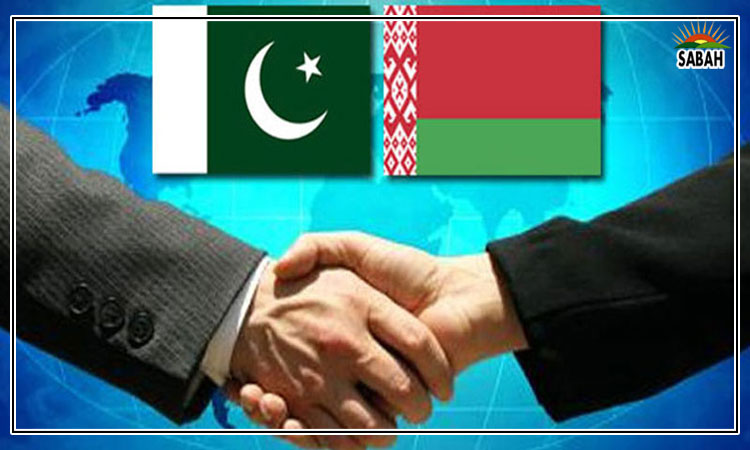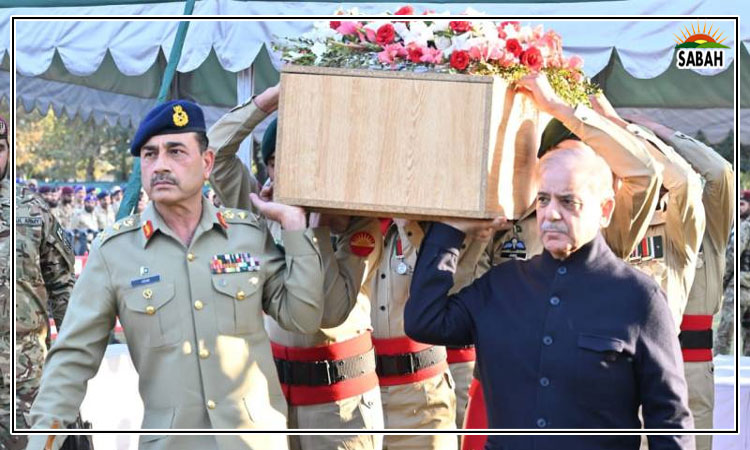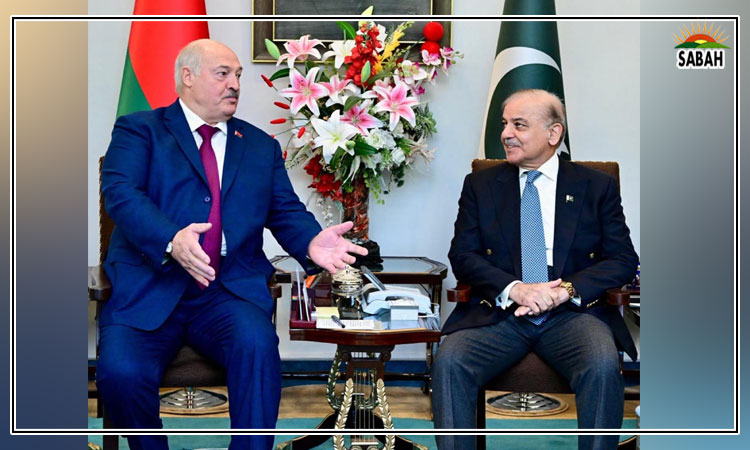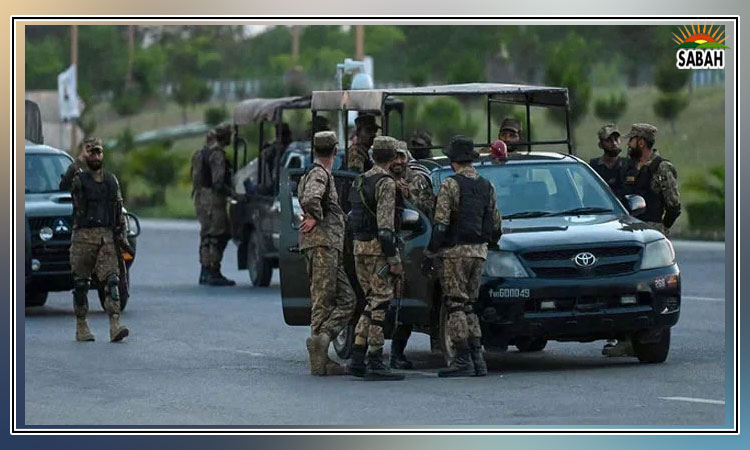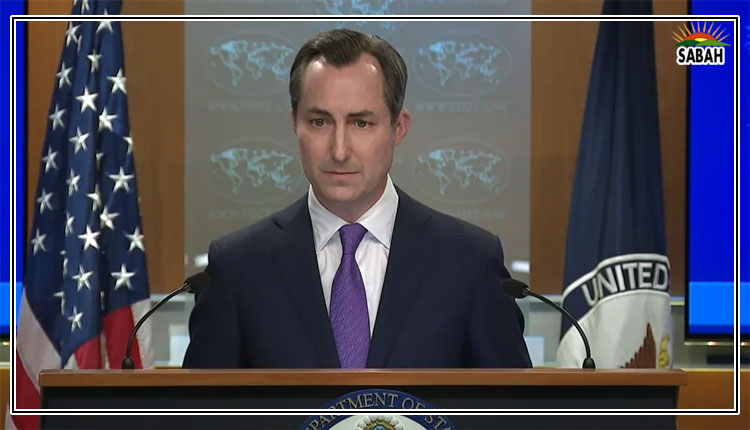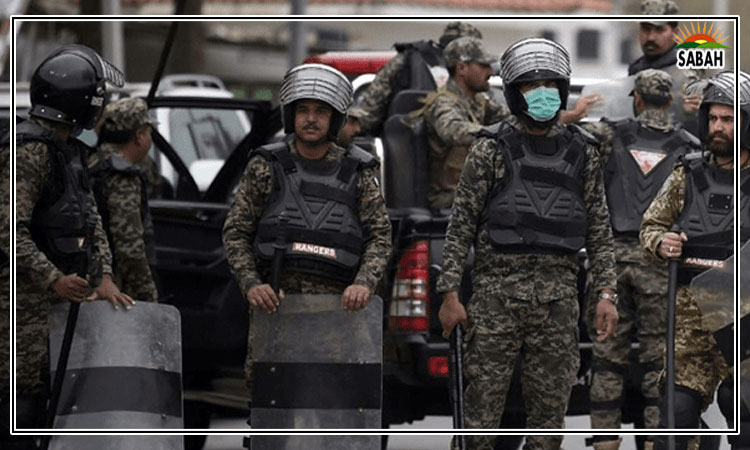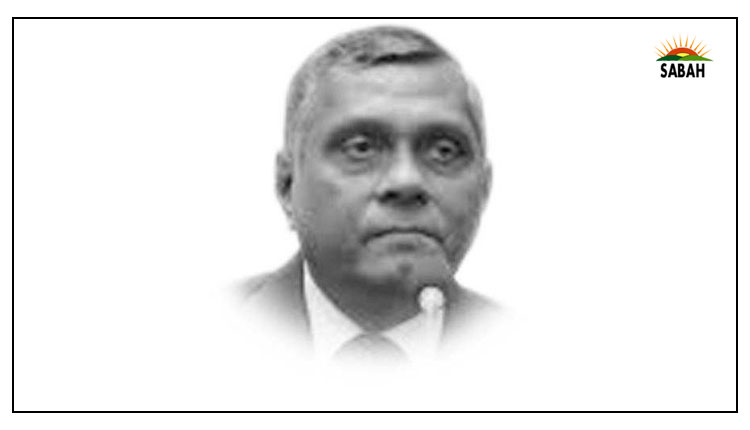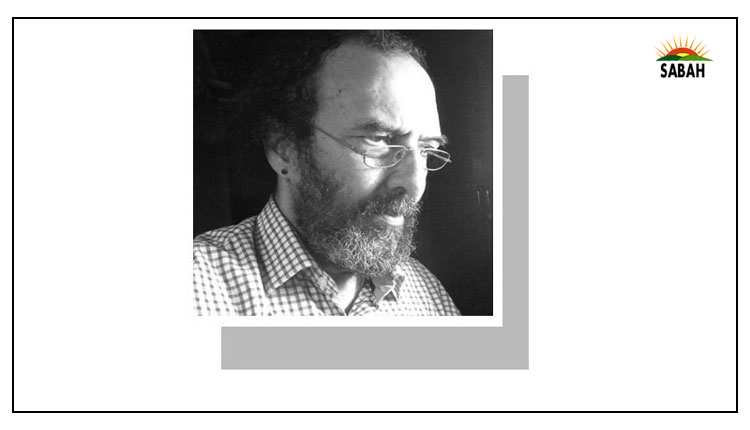How a patriotic song stalks Modi….Jawed Naqvi
INDIAN reports say Chinese troops were recently thwarted in their bid to transgress the strategic Tawang region originally and culturally part of Tibet along their disputed border. Chinese officials accuse Indian troops of crossing into their side of the Line of Actual Control. Indians were pushed back firmly but without the use of arms, says China.
Indian opposition leaders, most vocally Rahul Gandhi, responding to reports that several Indian soldiers landed in hospital, are demanding a discussion in parliament. The government has so far denied them the chance to expose the apparent chink in the armour of a party that claims national security as its leitmotif.
We ask the Indian side to strictly control and restrain front-line forces and work with the Chinese side to maintain peace and tranquillity on the border, the Chinese military said. Our troops response is professional, firm and standard, which has helped to stabilise the situation. Both sides have been under disengagement since then.
In a separate comment, Chinas foreign ministry spokesperson gave the assurance that the current border situation between China and India is generally stable.
Indian and US troops recently held a joint exercise along the irritable border, which angered China.
There has been a chorus of support for Prime Minister Modi on TV channels, unsurprising part of the medias history of championing the establishment.
Mr Modis reluctance to discuss the China border in parliament contrasts with Jawaharlal Nehrus preference for an open debate on the 1962 debacle, in which India, under his leadership, was roundly defeated.
The defeat hurt Nehru grievously and gave the opposition a leg up in domestic and foreign affairs. It didnt deter the masses though from keeping their deep love for Nehru.
Its difficult to recall if there was ever a time after that particular national emergency when Indian masses so spontaneously stood behind their leader to offer help.
The nation is in peril. Defend it with all your might. Nehrus signed handwritten message stayed for months above the masthead of the National Herald, the newspaper he founded but that is now in trouble with the Modi government.
Far from turning on him for losing the war, Indians carried Nehrus portraits in rallies. One saw women in a Lucknow neighbourhood raising funds, occasionally by pawning their jewellery, to boost the troops morale and to also ease the economic burden the war imposed. Members of IPTA, a fabled cultural front of the Communist Party, broke away from the party line to make an emotive film on the brief but lacerating conflict. Haqeeqat (The Truth) featured actor Balraj Sahni and other left-leaning members of the industry.
The movie had moving patriotic songs by Kaifi Azmi, who later became the head of IPTA.
One song used popular Hindu motifs, likening the Chinese incursion to the kidnapping of Sita, Lord Rams consort, by the demon king Ravana. Draw the line [of the border] with your blood that Ravana can never dare to transgress, leave alone cast his evil eye on Sita. You are the Rama and you the Lakshman, comrades, to protect Sitas honour.
Kaifis call to draw the line with your blood has unwittingly become a problem for the nationalist establishment, which promises to be loyal to Lord Ram but is not allowed by the Chinese to unilaterally determine the coordinates of the proposed Lakshman rekha.
The nationalist hubris doesnt abate. Narendra Modis home minister assured parliament that the 90,000 square kilometres of Ladakh under Chinas control would be Indias.
Opacity in the name of security is not an exclusively Indian problem though it has struck deep roots in the national culture. Periodically, citizens step up to blow the whistle on their governments.
Without Daniel Ellsbergs expos it would be difficult to know of the lies American presidents told their citizens about the Vietnam war. Before it was declassified, for years, Pakistan struggled to keep the Hamoodur Rahman report secret on the collective responsibility of the military and civilian debacle in 1971, including the bloody assault on its Bengali citizens. Intrepid journalists like Dawns late columnist Ardeshir Cowasjee managed to spill the beans on parts of the report. The lack of transparency saw the foreign minister blaming the army after the army chief blamed the civilian administration for Pakistans breakup.
India acutely suffers from a paucity of whistleblowers. The Kargil war report remains under wraps. An official inquiry into the nexus among criminals, politicians and bureaucrats remains off limits to the public.
Despite his penchant for transparency, even Nehru couldnt resist the temptation of keeping an embarrassing report from prying citizens in the name of national interest. His new defence minister Y.B. Chavan commissioned the report on the China war. The army chief tasked two trusted army officers to go thoroughly into the details of the debacle. The Henderson-Bhagat report submitted in 1963 remains a national secret. But there is strong conjecture that British journalist Neville Maxwells 1970 book Indias China War borrowed heavily from the report.
On Tawang, Maxwell explains its history in great detail, possibly leaning on the Indian armys report. Given Tawangs importance as a hub of Tibetan culture and its links with the Dalai Lama, British army cartographers had desisted from laying claim to the region and the Tawang monastery. After a tentative proposal came around 1873 to stretch the colonial border to Tawang, the retiring Viceroy, Lord Minto, was less tentative, says Maxwell. He proposed the Outer Line should be extended to include all of the tribal territory. Even here, Maxwell reminds us: At this time, it should be noted, all such forward proposals left the Tawang Tract aside, accepting that it was unchallengeably Tibetan/Chinese and had to be lived with since it could not be changed.
Amid nagging opacity and official posturing, Mr Modi confronts a Hobsons choice between meticulously recorded colonial history and Kaifi Azmis bravado with alluringly Hindu motifs.
Courtesy Dawn


